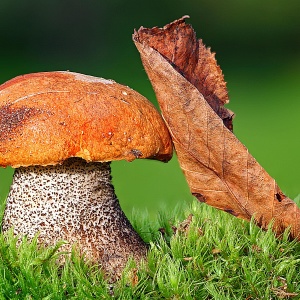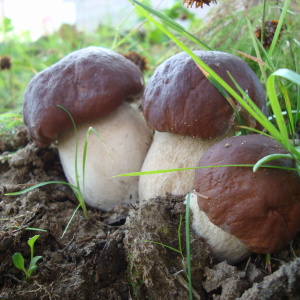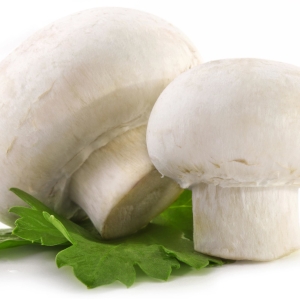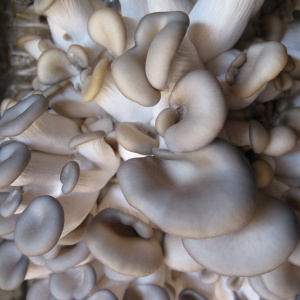Mushrooms: their species diversity is so great. This is all your favorite white mushrooms (Boroviki), hassle, champignons and, of course, chanterelles, as well as many others. The latter appreciate not only for the taste, but also absolute security for the one who eats them, since they have high resistance to parasites. But they should be assembled very carefully, because in the forest "lives" very similar to them, but an inademy double - false chanterelles. Let's try to figure out how to distinguish them from the real and how they look at all.
Chanterelles real and false: what looks like
To begin with, find out everything about the present mushroom. So, the fox is ordinary. It is believed to the family with a consonant name. It grows mainly next door to trees, such as pine, oak, spruce and beech. Grates in mixed and coniferous forests. Loves moderate climate, wet grass and moss. Mushroom grow season - from August to October. A distinctive feature of chanterelles is a solid body from a hat to the leg without noticeable transitions. Color range - from pale yellow to bright orange. If the mushroom is a little surpassed, then it can blush slightly.
Chanterelles have an irregular geometric shape hats with a diameter of 2 to 12 centimeters. By this, they differ significantly from all other fungi that have a hat with smooth edges. The surface of the mushroom matte. And the taste is slightly sour with a fruit smell.
As for chanterelles inept, it, oddly enough, grows in the same places as real, but with one difference: a false mushroom loves rotting wood and often it can be found exactly there. In addition, false chanterelles are only bright, and the center of the Hats is always darker of edges. And the pulp has an unpleasant smell.

Key differences of false chanterelle from edible
In order to quickly determine which mushroom to quickly determine which mushroom is false or real, take a note list of the main differences between them, and you will never have a doubt:
- Real mushrooms most often have a calm neur-colored color, false - exceptionally bright.
- The hat for the real mushroom has an uneven edge, in a false - perfectly smooth geometric shape.
- The thickness of the leg at the edible mushroom is greater than that of false.
- The fox is ordinary - "family" mushroom, false - "single".
- The pulp of the real mushroom is blushing with compression, the false is not observed in this.
- The real face is never eating worms, but false - as long as.
- The disputes of the real mushroom of the yellowish shade, in the inedible - white.
- The real chanterel can be found most often on mossy stumps, false - on the fallen trees.

Are false chanterelles dangerous?
False chantech can be called conditionally edible mushroom, because it does not cause such harm as the most famous poisonous mushrooms. Accordingly, sometimes they are eaten. It is necessary to cook them very carefully, for several days soaked in the water, which must be merged 2 times a day. Then cook for fifteen minutes.
You can use in fried and pickled form. But we remind you again: false chanterelles are not edible mushrooms, and they collect them only in the case of the complete absence of a mushroom "catch".
Like any poisonous mushroom, a false chanterelle can lead to unpleasant consequences for your body. Among them: Nausea, disorder of the gastrointestinal tract, vomiting, headache and other malaise.
You have familiarized yourself with the main features of false and real chanterelles. Now you know how they look and you can easily choose edible delicious chanterelles. Successful mushroom hunting!






























